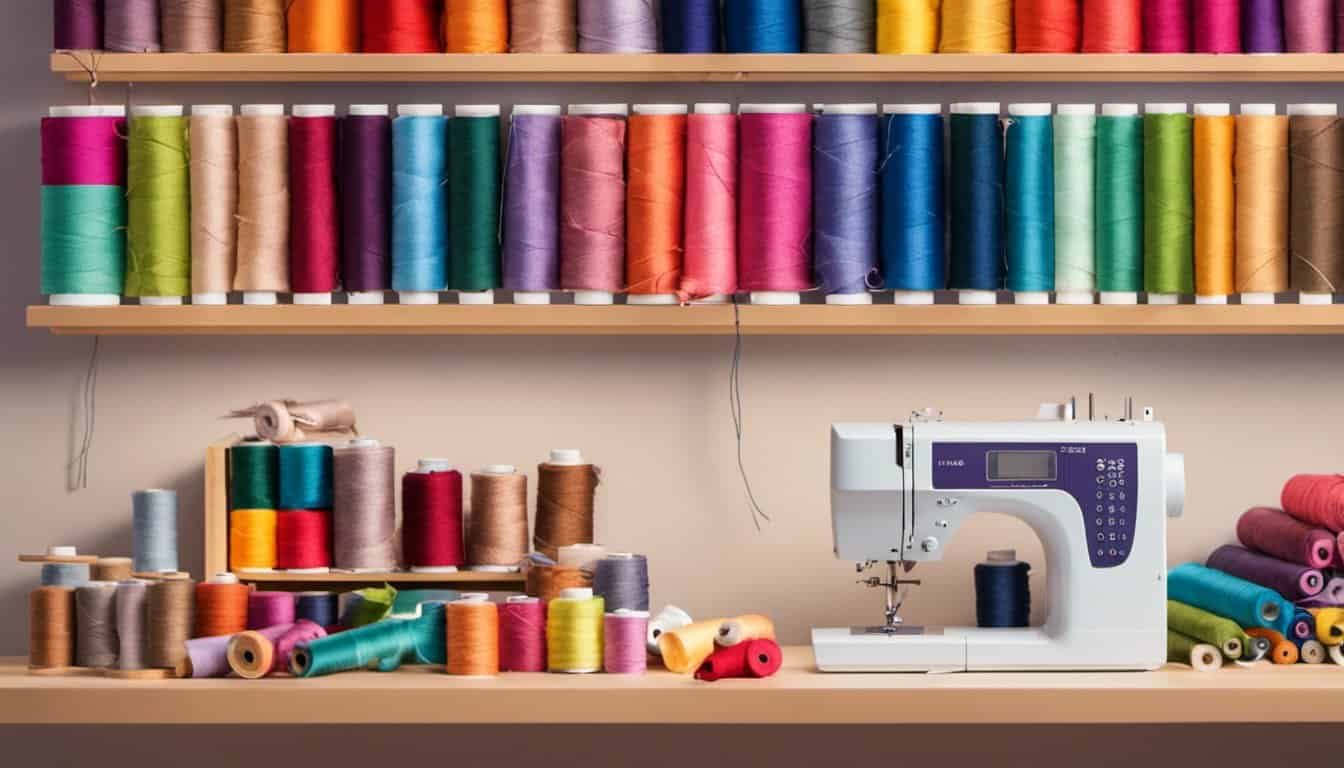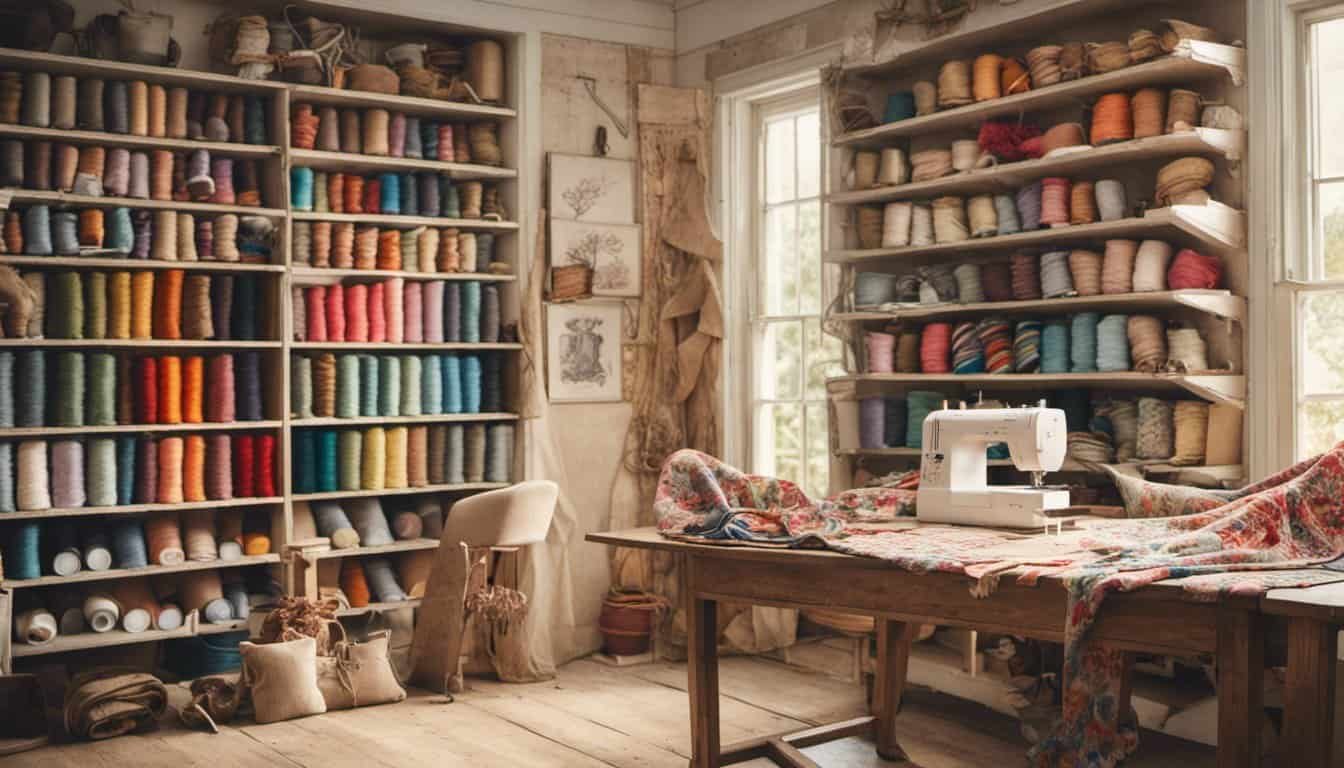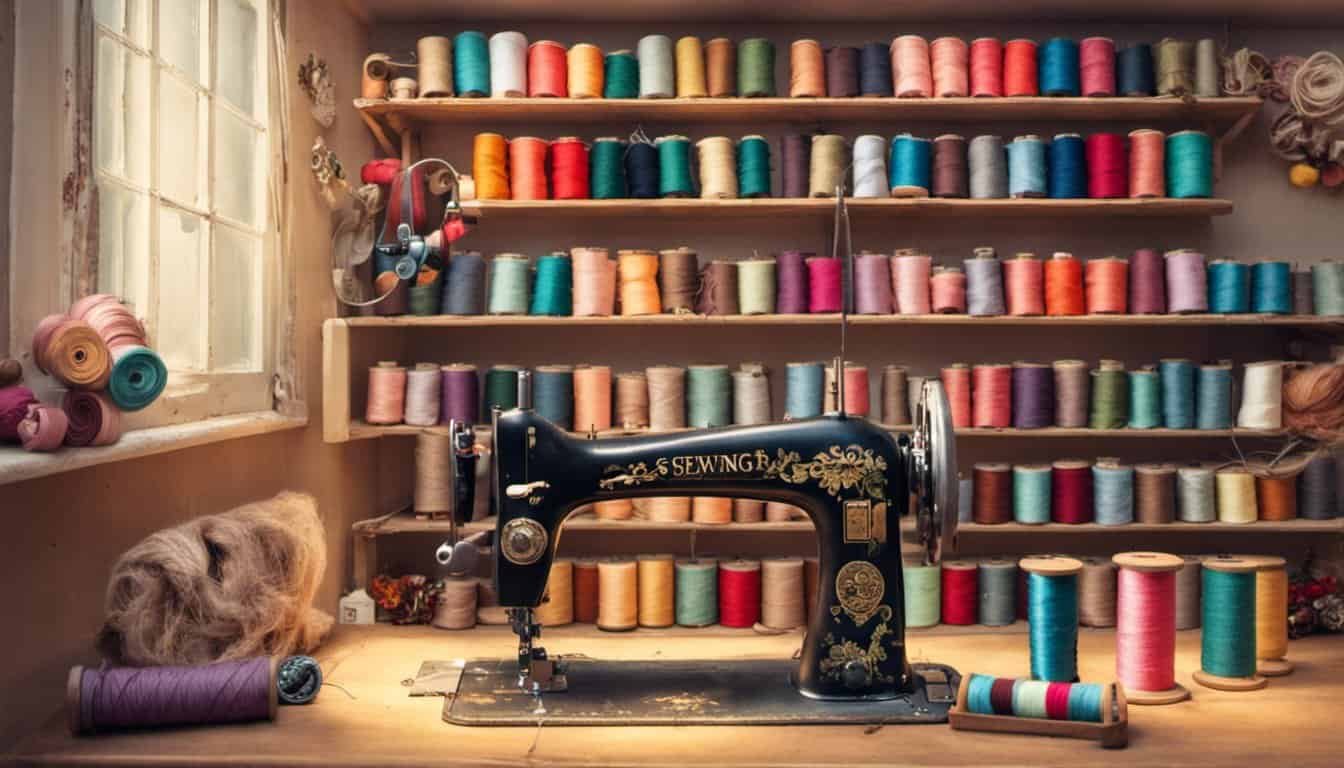Imagine turning those leftover fabric scraps into a stunning rug that brightens up any room. Whether you’re a seasoned crafter or just starting out, making a fabric scrap rug is a fun and rewarding project. It’s a perfect way to recycle materials and add a personal touch to your home decor.
You don’t need fancy tools or a big budget to get started. With a bit of creativity and some basic steps, you can create a cozy, colorful rug that reflects your unique style. Plus, it’s a great way to involve the whole family in a crafty activity. Let’s dive into the simple process of transforming your fabric scraps into a beautiful, handmade rug you’ll be proud to showcase.
Materials And Tools Needed
To create your fabric scrap rug, gather the necessary materials and tools. These items ensure a smooth and enjoyable crafting process.
Selecting Fabric Scraps
Choose a variety of durable fabrics for your rug. Opt for cotton, denim, or wool due to their resilience. Ensure each scrap measures at least 4×4 inches for easier handling. Mix colors and patterns to add visual interest.
Gathering Additional Supplies
- Scissors: Sharp fabric scissors for precise cutting
- Measuring Tape: Accurate measurements for cutting scraps
- Needle and Thread: Strong polyester thread for stitching
- Backing Material: Non-slip rug backing or sturdy fabric
- Iron and Ironing Board: Smooth out fabric pieces before assembly
- Pins or Clips: Secure fabric pieces while sewing
- Sewing Machine: Optional but speeds up the stitching process
Preparing The Fabric
Start by ensuring all your fabric scraps are ready for assembly. Proper preparation enhances the quality and durability of your rug.
Cutting The Fabric
Measure each fabric scrap to confirm they are at least 4×4 inches. Use sharp fabric scissors, such as all-purpose or pinking scissors, for clean, precise cuts. Arrange your scraps in uniform shapes to ensure consistency throughout the rug.
Cleaning And Treating Fabric
Pre-wash all fabric pieces to remove any residual dyes or treatments. Iron each scrap to eliminate wrinkles and ensure flatness. Treat stained fabrics by spot-cleaning before assembling to maintain the rug’s appearance.
Designing Your Rug
Start by selecting a pattern and arranging your fabric scraps effectively.
Choosing A Pattern
- Geometric Shapes: Use squares, rectangles, or triangles for a structured design.
- Stripes: Incorporate uniform or varied-width strips for a classic appearance.
- Random Arrangement: Mix different shapes and sizes for an eclectic look.
Arranging The Layout
- Flat Surface Arrangement: Lay out pieces before stitching to visualize the final rug.
- Color Balance: Distribute colors evenly to create a harmonious design.
- Consistent Spacing: Maintain uniform gaps between pieces for a neat finish.
- Texture Coordination: Combine different fabric textures to add depth and interest.
Assembling The Rug
Begin assembling your fabric scrap rug by stitching the pieces together, ensuring a sturdy and attractive foundation. Follow these steps to create a cohesive and durable design.
Stitching Techniques
Use the ladder stitch for invisible seams, keeping stitches small and even for a seamless look. Alternatively, opt for the whip stitch to securely join edges, especially for thicker fabrics. Maintain consistent tension to prevent puckering, ensuring the rug remains flat and smooth. Employ a sewing machine for faster stitching, allowing precise alignment of fabric pieces. When handling multiple layers, use pins or clips to hold scraps in place, facilitating accurate stitching without shifting.
Securing The Pieces
Reinforce seams by backstitching at the beginning and end to prevent unraveling. Apply fabric glue along the edges before stitching to enhance bond strength, especially for rugs that will endure heavy foot traffic. Incorporate a backing material by attaching it with a durable thread, ensuring the rug maintains its shape and provides additional stability. Trim excess threads and inspect each connection to confirm all pieces are securely fastened, contributing to the rug’s longevity and appearance. Use double stitching on high-stress areas to add extra durability, ensuring your fabric scrap rug stands the test of time.
Finishing The Rug
Finalize your fabric scrap rug with precise trimming and a sturdy backing to ensure durability and a polished look.
Trimming Edges
Accurate edge trimming enhances the rug’s appearance and prevents fraying. Start by flipping the rug over onto a flat surface. Use sharp fabric scissors to cut any uneven edges, ensuring all sides are straight and consistent. Measure the rug’s perimeter to maintain uniformity, trimming away excess fabric precisely. For larger rugs, consider using a rotary cutter and a straightedge for cleaner cuts. Inspect the edges thoroughly, trimming small sections as needed to achieve a smooth finish.
Adding A Backing
A backing provides stability and protects the rug’s surface. Select a durable material like burlap, non-slip rug backing, or felt. Measure the rug’s dimensions and cut the backing material slightly larger than the rug for easy attachment. Position the backing on the back side of the rug, ensuring it aligns evenly. Use a needle and thread to securely sew the backing in place, stitching along the edges for extra reinforcement. Alternatively, apply fabric glue for a quicker attachment method. For added non-slip properties, attach a rubber backing to prevent the rug from sliding on smooth surfaces.

Caring For Your Fabric Scrap Rug
Maintaining your fabric scrap rug ensures it stays vibrant and durable for years. Follow these guidelines to keep your handmade rug looking its best.
Regular Cleaning
Vacuum Frequently: Use a vacuum with a brush attachment to remove dirt and debris. Vacuuming once a week prevents particles from embedding into the fabric.
Shake It Out: Take the rug outside and give it a good shake every few weeks. This helps dislodge dust and small particles that vacuuming might miss.
Spot Cleaning
Immediate Action: Address spills and stains as soon as they occur. Blot the area with a clean, dry cloth to absorb excess moisture.
Cleaning Solution: Mix a tablespoon of mild detergent with two cups of cold water. Apply the solution to the stained area using a sponge, gently dabbing until the stain lifts.
« What Is Sashiko and How to Try It: Master This Stunning Japanese Craft Today
10 Secrets to Master Sewing with Batiste: Your Ultimate Lightweight Fabric Guide »
Rinse and Dry: Wipe the area with a cloth dampened with plain water to remove any soapy residue. Allow the rug to air dry completely before placing it back.
Preventing Damage
Rotate the Rug: Every few months, rotate your rug 180 degrees. This balances wear and prevents uneven fading or flattening.
Avoid Direct Sunlight: Prolonged exposure to sunlight can cause colors to fade. Position your rug away from windows or use curtains to block harsh rays.
Use Rug Pads: Place a non-slip rug pad underneath your fabric scrap rug. This not only prevents slipping but also reduces friction that can lead to wear and tear.
Handling Odors
Air It Out: If your rug develops an odor, hang it outside on a dry, breezy day. Fresh air helps eliminate musty smells.

Baking Soda: Sprinkle a light layer of baking soda over the rug and let it sit for several hours. Vacuum thoroughly to remove the baking soda and any absorbed odors.
Storage Tips
Clean Before Storing: Ensure your rug is completely dry and clean before storing it. This prevents mold and mildew growth.
Roll, Don’t Fold: Roll the rug tightly from the back side to avoid creases and permanent folds. Secure it with a fabric strap or rubber band.
Choose a Dry Location: Store your rug in a cool, dry place away from direct sunlight. Use a breathable fabric cover to protect it from dust while allowing air circulation.
Dealing with Wear and Tear
Repairing Loose Threads: If you notice any loose threads, gently trim them with sharp scissors to prevent further unraveling.

Reinforce Seams: For added durability, reinforce seams with a few extra stitches or apply a fabric glue designed for rugs.
Replace Worn Sections: If a section of the rug becomes excessively worn, sew in new fabric scraps to maintain the rug’s integrity and appearance.
By following these care instructions, your fabric scrap rug will remain a beautiful and functional part of your home decor for years to come.
Conclusion
Making a fabric scrap rug lets you showcase your creativity and sustainability. It’s a fun way to repurpose materials and create something uniquely yours. Enjoy the process and take pride in your handmade décor. Your new rug not only brightens your space but also tells a story of creativity and care. Happy crafting!


















